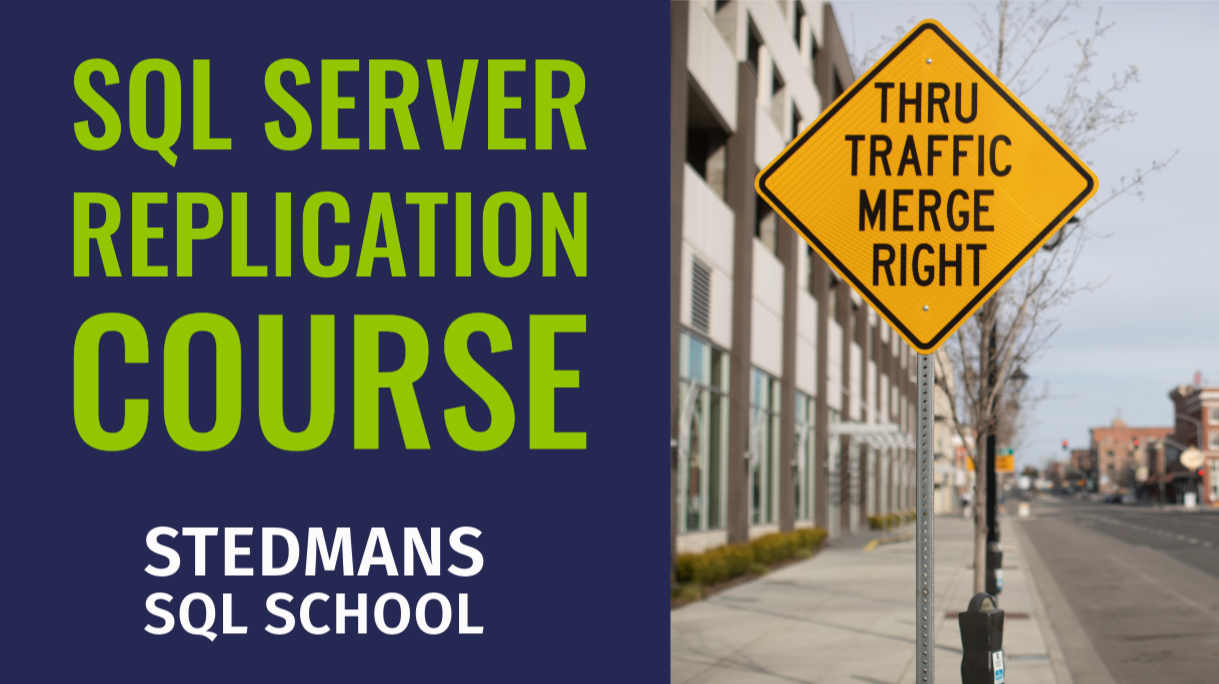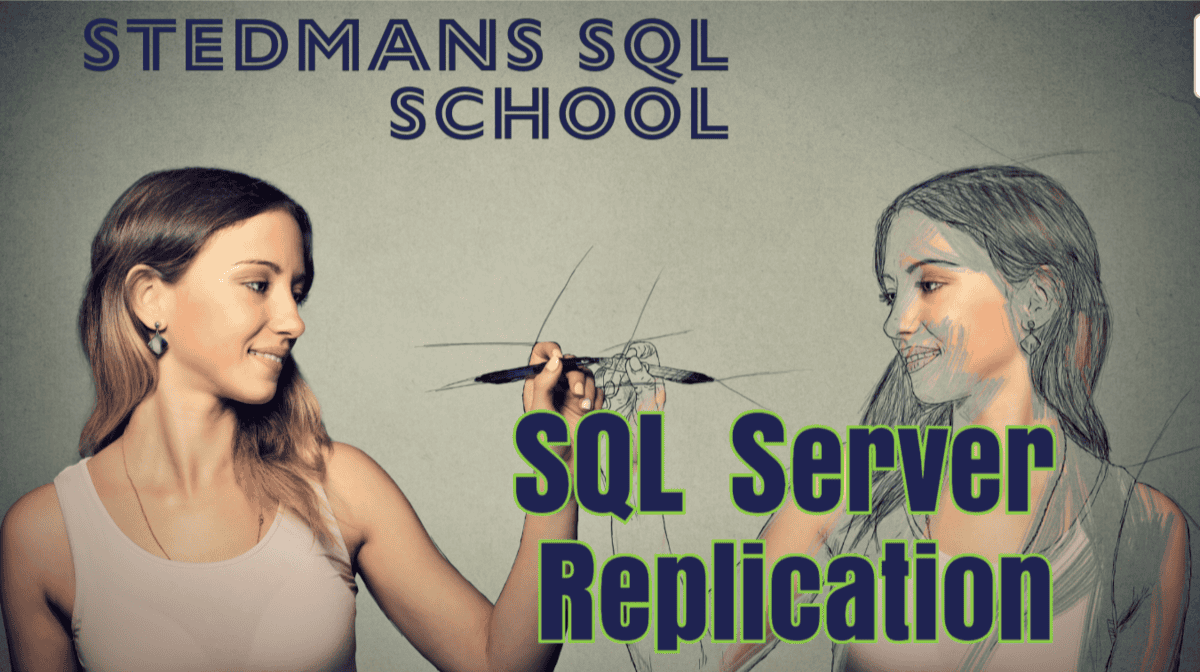Replication in SQL Server is a powerful feature that allows you to copy and distribute data and database objects from one database to another and keep them synchronized. This is especially useful for scenarios like load balancing, high availability, or geographically distributed databases. Understanding the types of replication available in SQL Server is crucial for choosing the right method to fit your specific needs. In this post, we’ll explore the three primary types of replication in SQL Server: Snapshot Replication, Transactional Replication, and Merge Replication.
1. Snapshot Replication
Snapshot Replication is the simplest form of replication. It takes a “snapshot” of the entire dataset at a specific point in time and applies this snapshot to the subscribers. This type of replication is well-suited for scenarios where data changes are infrequent, or when you can afford to send the entire dataset periodically.
How It Works:
- The Publisher takes a complete snapshot of the data and schema from the database.
- This snapshot is then sent to the Subscriber(s).
- Subscribers replace their entire dataset with this snapshot.
Use Cases:
- Data that doesn’t change frequently.
- Smaller datasets where periodic full refreshes are not a burden.
- Scenarios where data consistency at a specific moment is required.
Advantages:
- Simple to set up and manage.
- Doesn’t require continuous connectivity between Publisher and Subscriber.
Disadvantages:
- Not efficient for large datasets or frequently changing data.
- High network bandwidth is needed to transfer the entire dataset.
2. Transactional Replication
Transactional Replication is more complex and powerful than snapshot replication. It is ideal for scenarios where changes to the data need to be propagated to subscribers in real time or near real-time. This method captures individual changes (inserts, updates, deletes) as they occur and applies them to the subscribers.
How It Works:
- The Publisher monitors the transaction log for changes.
- These changes are captured and sent to the Distributor.
- The Distributor then forwards these changes to the Subscriber(s) in the same order they were made at the Publisher.
Use Cases:
- Real-time data distribution.
- High availability and Disaster Recovery scenarios.
- Scenarios requiring immediate consistency between Publisher and Subscribers.
Advantages:
- Real-time data propagation.
- Only changes are sent, making it efficient for large datasets with frequent updates.
Disadvantages:
- More complex setup and management.
- Requires continuous connectivity between Publisher and Subscriber.
- High latency or connectivity issues can lead to delays in data propagation.
3. Merge Replication
Merge Replication is designed for scenarios where data changes can occur at both the Publisher and the Subscriber, and these changes need to be synchronized across all nodes. This is particularly useful in environments where the Subscribers might be offline or disconnected for periods, like mobile or distributed applications.
How It Works:
- Both Publisher and Subscriber can make changes to their local datasets.
- Changes are tracked using triggers and metadata tables.
- During synchronization, changes from both ends are merged, and conflicts (if any) are resolved based on predefined rules.
Use Cases:
- Mobile applications where users need to work offline and sync later.
- Distributed databases where multiple locations need to make changes independently.
- Scenarios where data conflicts are possible and need to be resolved automatically.
Advantages:
- Allows for bi-directional data updates.
- Subscribers can work offline and sync changes later.
Disadvantages:
- Complex setup and conflict resolution.
- Slower performance due to conflict detection and resolution processes.
- Requires careful design to handle conflicts and data consistency.
Choosing the Right Replication Type
Selecting the right type of replication depends on your specific use case:
- Snapshot Replication is perfect for small, infrequently changing datasets where simplicity is key.
- Transactional Replication is the go-to for real-time data replication with minimal latency.
- Merge Replication is ideal for distributed environments where multiple nodes need to update the data independently.
Understanding these types of replication and their pros and cons will help you design a more efficient and reliable SQL Server environment.
Sign Up for Our SQL Server Replication Class
Replication can get complex, especially as your database grows or your environment scales. If you’re looking to deepen your understanding of SQL Server Replication and learn how to implement and manage it effectively, sign up for our SQL Server Replication class. Our experts will guide you through the intricacies of each replication type and help you master this essential skill.
Sign Up for the SQL Server Replication Class Today!
Replication Course Enrollment Information
Want to learn more about replication?

If you’re ready to take your SQL Server skills to the next level, visit Stedman’s SQL School SQL Server Replication Course to learn more and enroll today.
We look forward to helping you succeed and are excited to see how you leverage these skills to optimize and innovate within your own database environments.
Other Classes and Related links
- Stedman SQL School
- Database Health Monitor Class
- Backup and Recovery Class – (Overview Video)
- JOIN Types class
- SQL DBA and Developer Interview Prep Course
- Corruption Repair Course – (Overview Video)
- SQL Server Performance Tuning class
- Youtube video with a overview of all our classes.
- Mentoring from Stedman Solutions.
- Need help, reach out for a free 30 minute consultation.
- Stedman SQL School
